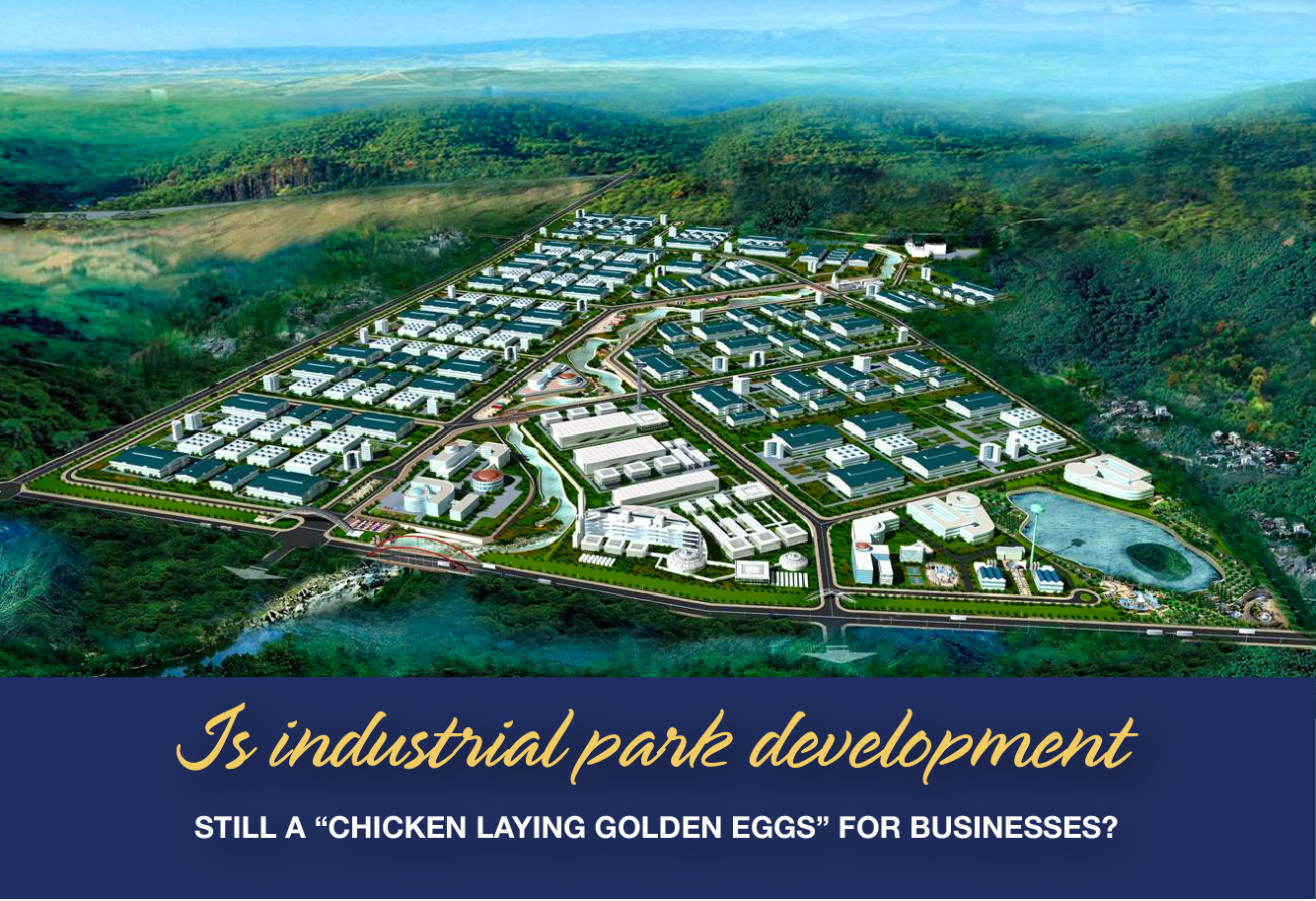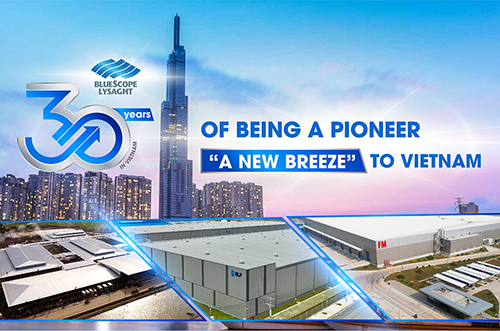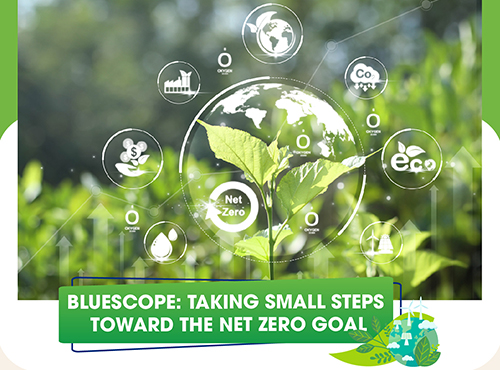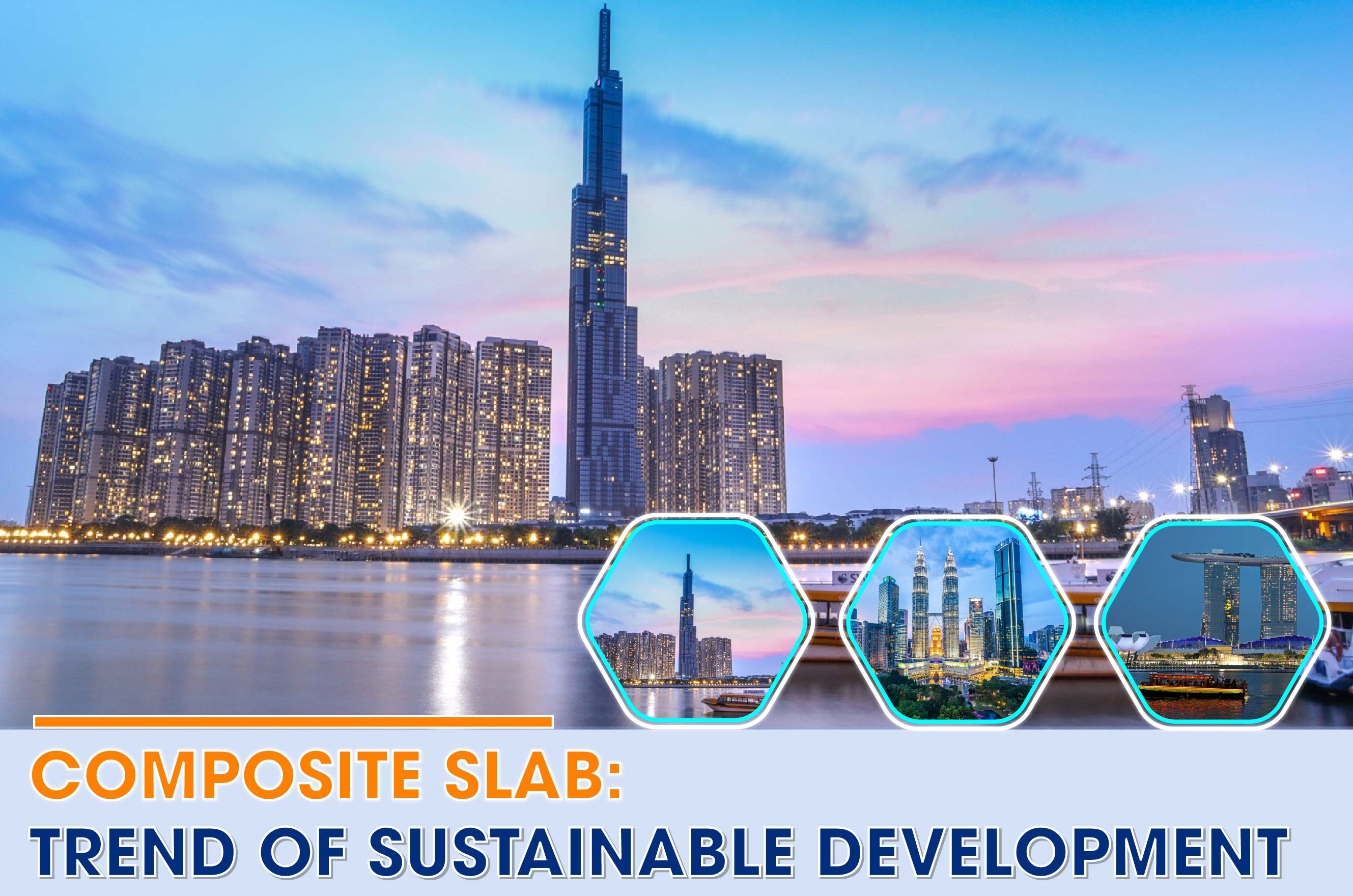
In recent decades, Vietnam has constantly developed industrial parks. According to JLL (Jones Lang LaSalle), in 1986 Vietnam only had 335 hectares of land for industrial parks, but until now, the number has increased up to 80,000 hectares.
Among 326 established industrial parks, 250 industrial parks have been put into operation with a total natural land area of nearly 68,000 hectares and 76 industrial parks in a stage of site-clearance compensation and basic construction.

Residual land resource for industrial park development in recent years is very huge. Let’s take a look at the industrial park’s businesses on the stock exchanges to see clearly.
After conducting IPO, at the beginning of 2018, Becamex IDC put its shares on the trading floor. Just over a year later, Becamex IDC had plans to increase its charter capital to nearly double, expected VND20,000 billion, and then moved to listing on HoSE. The business results of Becamex IDC also increased dramatically with the profit of 2018 reaching VND 2,346 billion.
Sonadezi (SZN), Nam Tan Uyen (NTC) Industrial Park, Long Hau or LDG also experienced a favorable year of 2018. Especially, the NTC’s share price has continuously increased, broken any peaks, and currently been joining a “3-digit share price club” with price of VND107,000 per share.


JLL believes that the strong growth of industrial parks is due to Vietnam’s orientation in building a centralized economy and exporting, establishing industrial parks and key economic clusters, joining trade agreements… This is also considered one of Vietnam’s strategic directions to call for foreign direct investment (FDI). And in particular, Vietnam possesses an abundant young labor force, low labor costs.
According to a JLL’s market research report in the Fourth Quarter (2018), in 2018, the Southeast Vietnam industrial park market developed strongly. Binh Duong and Dong Nai Provinces are still considered the leading markets with about 56% of the supply.
Also according to JLL’s report, by the end of 2018, the total area of industrial park in Ho Chi Minh City is about 4,206ha, of which the occupancy rate is 79%. Binh Duong Province has 10,774ha of which the occupancy rate has reached 94%.

The average land rental price is also increasing from USD4-6/m2/rental period. Currently, the average rental price of industrial park land in Saigon is about USD156.8/m2/rental period. In Dong Nai Province, it is USD85.5/m2/rental period and in Binh Duong Province, it is USD73.6/m2/rental period.
However, JLL said that with the advantage of highways, Ba Ria – Vung Tau and Binh Phuoc Provinces are expected to be a new destination for industrial park investment in the coming years. According to statistics, the Ba Ria – Vung Tau Province currently has 7,953 hectares of industrial park land with a occupancy rate of 62%, while Binh Phuoc Province has a occupancy rate of only 36%.



US-China trade tensions have caused a wave of factory shifting out of China, and Vietnam is an ideal destination. Therefore, despite a rapid development of industrial parks, there are still great opportunities for development. Therefore, the occupancy rate in industrial parks in the coming time is expected to increase sharply.
According to JLL, Vietnam can become a new industrial center of Southeast Asia, partly due to the US-China trade tensions, largely because Vietnam’s logistics market is developing strongly. This will make the industrial park market become more active and more competitive. So, the industrial park development is still considered a “chicken laying golden eggs” for businesses in the coming time.









Comment